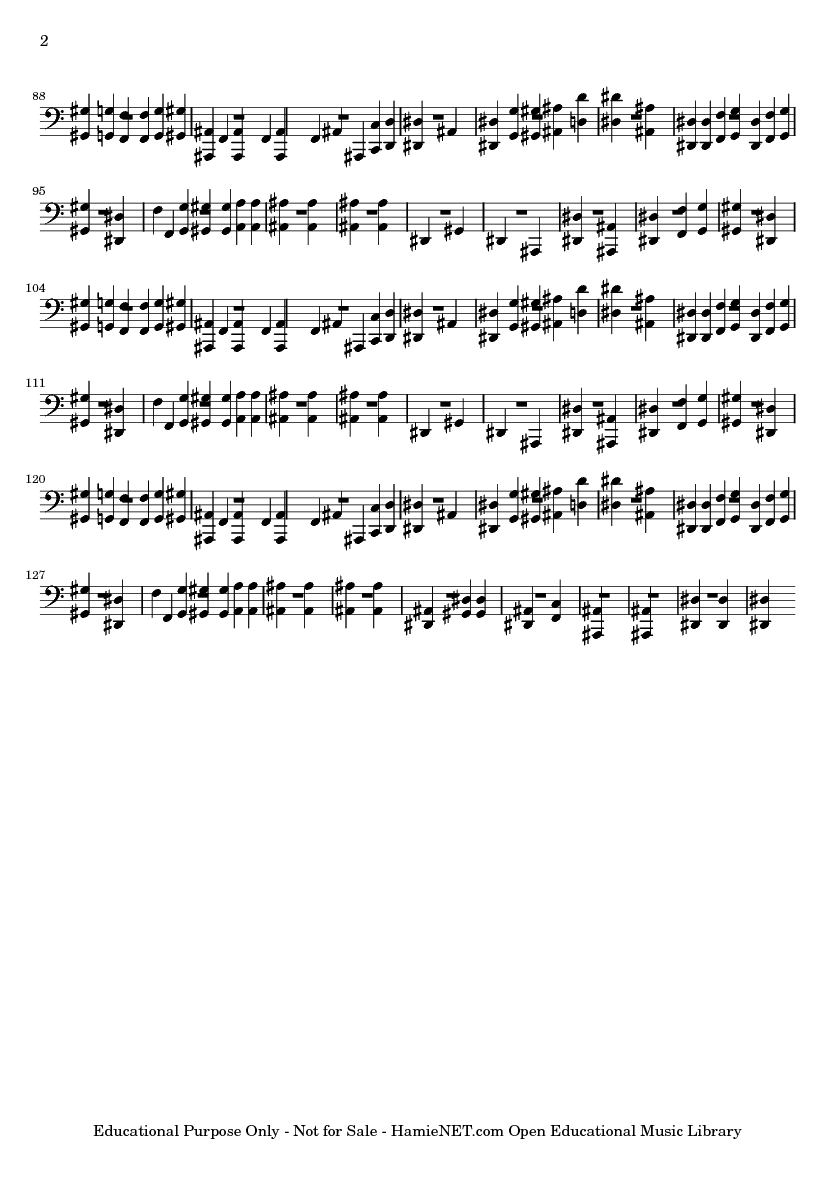

#Through it all chords piano pro#
Pro tip for songwriters: This progression works especially well in uptempo country, pop, and rock songs – think the Beatles and the Ramones. We begin at the tonic, move away from “home” with the IV (subdominant) chord, create tension with the V (dominant chord), and finally resolve back to the I chord.

This progression is the poster child of that “resolution” our ear seeks out in chord progressions. Together, they form a trinity with which countless hits have been written. The I, IV, and V chords, respectively called the tonic, the subdominant, and the dominant chords, are the strongest chords. We’ll include a little cheat sheet for each one with the corresponding chords in each key, for easy playing. Without further ado, let’s dive into the tried-and-true chord sequences that have wormed their way into thousands of songs and millions of ears. Though of course there are infinite ways in which you could place chords in front of one another, this chart conveniently summarizes the pathways you can use to build the strongest progressions:Īs we’re about to see, the most common chord progressions follow this chart almost to a tee. If you want to go deeper into how this pull works, look into The Circle of Fifths. Otherwise, let’s acknowledge the fact that some chords sound “natural” and “more right” after others, and let our ears confirm it. Understanding precisely why this happens is beyond the scope of this discussion. How do we know what chords will sound good after the tonic? How about the chords that will sound good right before a tonic? A Natural OrderĪs it turns out, some chords naturally “pull” towards others. The dissonance and suspense that a good chord progression will create relies on strategic movement away from and towards the tonic. If we’re thinking about it in terms of a story, we can create a chord progression that follows a sequence of stability – departure – tension – resolution – stability, with “stability” of course representing the tonic. As you’re about to see, many progressions get their power from creating a path to resolution to the tonic. The chord built on the first degree of the scale, or the tonic ( I) chord, functions as “home base”, or the resting place, of the key. If we consider songwriting to be telling a story with music, then the order and selection of chords matters just as much as what words you put where – the order and context of the chords can mean the difference between a strong musical statement and a forgettable phrase. What makes a chord progression sound good?

If you’re looking to absorb a bit more theory on the matter, Spread Worship has an excellent primer on scale degrees and chord nomenclature. Now that we understand where chords come from and how we name them, let’s look at how they’re often strung together. We can name these seven chords by using numbers:Īs you may have figured out, naming a progression is as simple as stringing together the numerals representing the chords you’re playing. These chords are known as diatonic chords, and can be thought of as a family of chords belonging to one key.Įach of these chords follows the key signature of the key, and therefore there is a lot of note overlap – every chord uses three out of a possible seven notes, which means that these seven chords tend to sound pretty good together. To understand this phenomenon, we turn to the scale.Įvery major and minor scale has seven pitches, and a chord can be built on each of the seven pitches. So why do some chord progressions pop and others flop? Scales and Chords We know that some chords sound good together, and some… not so much.

One Chord In Front of the Other A Bit of Theory Writing Songs with Common Chord Progressionsħ. What makes songs with the same progression sound different?Ħ. What makes a chord progression sound good?ĥ. Stay with us as we take you through a bit of theory to explain where these chords come from, look at the most popular ways in which they’re strung together, and explore how you can use these progressions to write your own unique tune without falling into the trap of music cliché. It turns out, there’s a whole stack of these common chord progressions that gained their fame through their strong sense of purpose, direction, and resolution. This particular progression is known as the I – V – vi – IV, and it’s no accident that thousands of songwriters have used it to great effect – it’s been described as a progression that sounds satisfying, hopeful, complete, and sentimental.


 0 kommentar(er)
0 kommentar(er)
